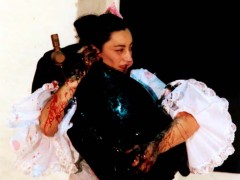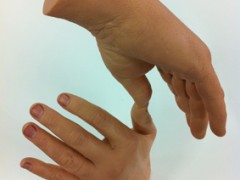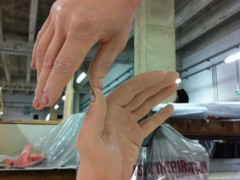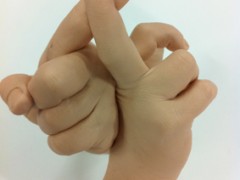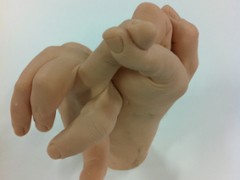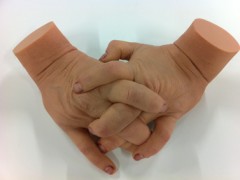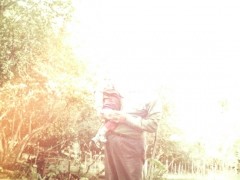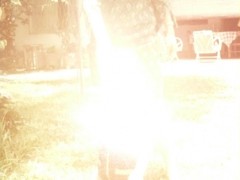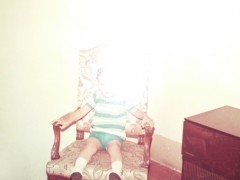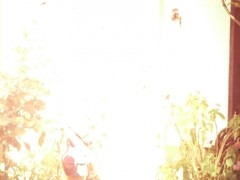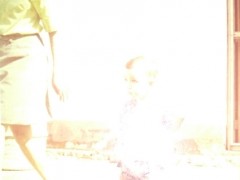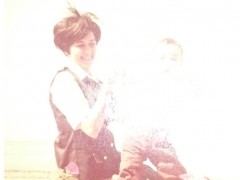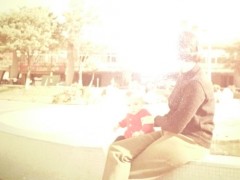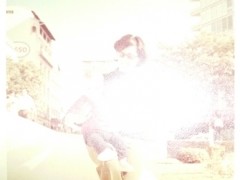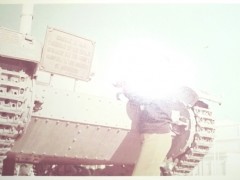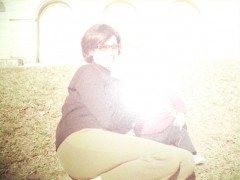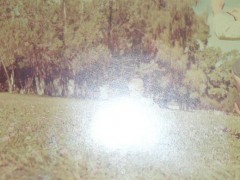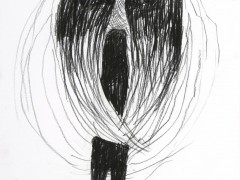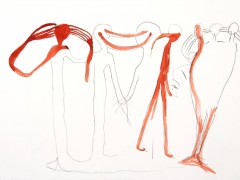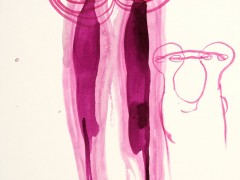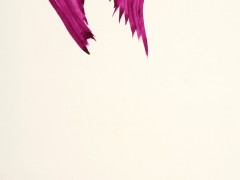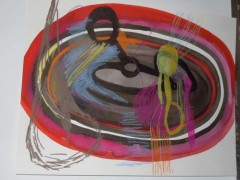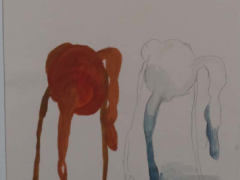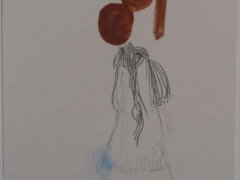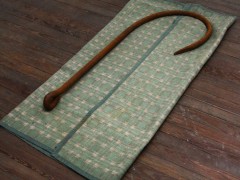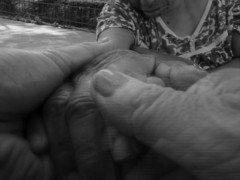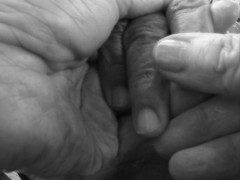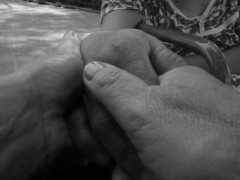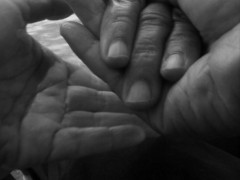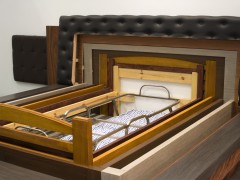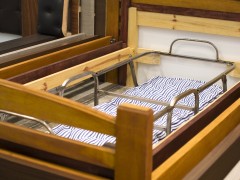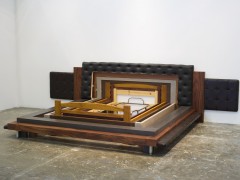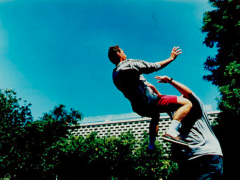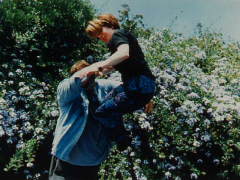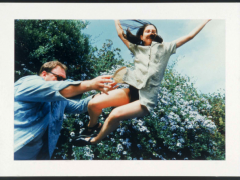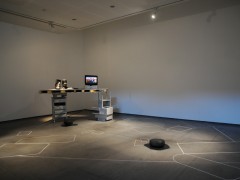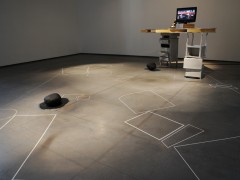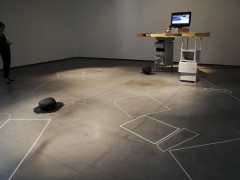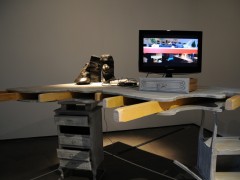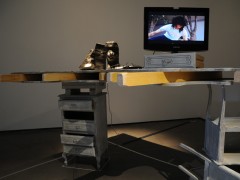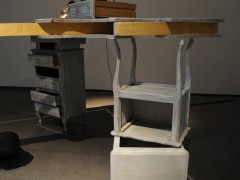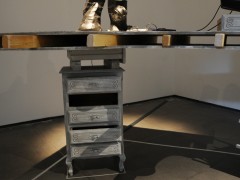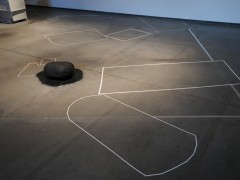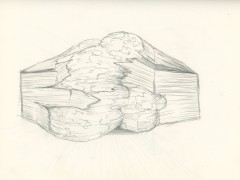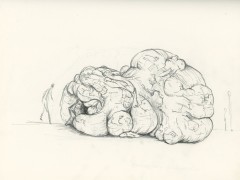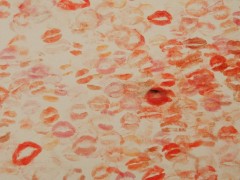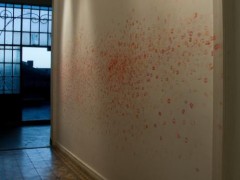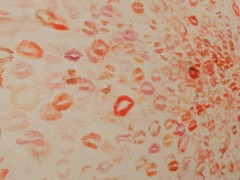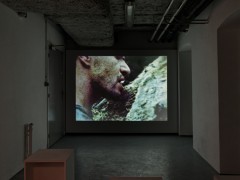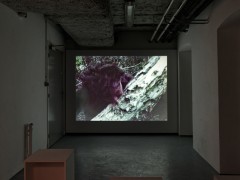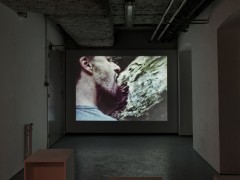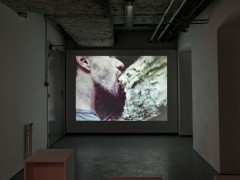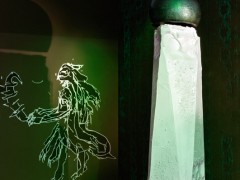La Distance Juste
NOUVELLES VAGUES
Galerie Georges-Philippe & Nathalie Vallois, Paris
21.06 – 09.09 / 2013
“Try a little tenderness!” as the song goes, like an invitation to sink into the well-padded recesses of a grandmother’s old armchair. Tenderness is one of the strongest components of human nature. It is neither sentimentality nor mushiness, yet its suggestion alone often triggers excesses of modesty or cynicism, the intensity of which clearly indicates that it is an essential emotion that touches our innermost core. Often denigrated, because it is the prerogative of children, old people and women—the weak, in a word—, tenderness is nevertheless a great source of resilience in the face of violence carried out against the body and mind.
In a lecture entitled “The Hollow of the Palm and Infrared Love,” the psychiatrist Jean-Pierre Klein¹ proposed a definition of the term by default: “Tenderness is neither possession, nor submission—which objectify—nor passion, nor addiction—which amputate and merge fractions of subjects.” As he sees it, all of the subtlety in tenderness is due to the “right distance,” very slight but not nil, which separates two free subjects connected to one another.²
Articulated around the notion of the “right distance,” this exhibition questions our connection to the edge, physical limits and otherness. At times rubbed raw or overwhelmed, as when an image, gesture, or word become unhinged and invasive, this limit shifts, whether one is the victim or the author of this shift.
It is the crossing of that tenuous limit between tenderness and the obscene that is at work in Spanish artist Pilar Albarracín’s video La Cabra, in which the artist dances with a goatskin sack of wine that slowly colors her folk costume blood red.
The embrace and the separation of bodies are also the subjects of the Californian artist Martin Kersels’ photographs entitled Tossing a Friend, which literally illustrates a brutal distancing of the artist’s body and the body of Melinda, his ex-partner. Conversely, with Posición Horizontal, a work by Colombian artist Juan Fernando Herrán, the other is not distanced but rather contained, assimilated. The series of nesting beds, each one fitting into another like Matryoshka dolls, suggests a mise en abîme of childhood or one’s innermost world, as if they were being placed in a sheltered spot.
Tenderness as protection and consolation runs throughout the work of the Argentinean artist Matías Duville. Coming straight out of his large-format drawings of unreal landscapes, a giant fish hook—of rusted metal and the size of a person—is gently resting on a blanket that brings to mind the same kinds of blankets found lying around in old houses, the simple sight of which comforts and reassures.
Finally videos by Ana Gallardo (Estela) and Virginie Yassef (L’Arbre, in collaboration with Julien Prévieux), along with several other video works, illustrate the fragile space tenderness embodies, between movement and immobility, silence and crying out.
Artists
Pilar Albarracín, Gilles Barbier, Fredi Casco, Marina De Caro, Matías Duville, Ana Gallardo, Juan Fernando Herrán, Martin Kersels, Henrique Oliveira, Paulina Silva Hauyon, Virginie Yassef
Practical informations
36, rue de Seine
75006 Paris — FR
Monday – Saturday
10:30 am – 1 pm / 2 pm – 7 pm
This post is also available in: Spanish


 Home
Home
